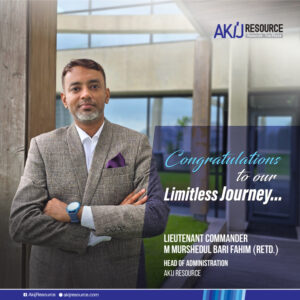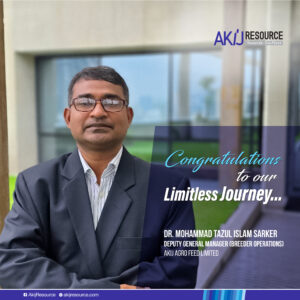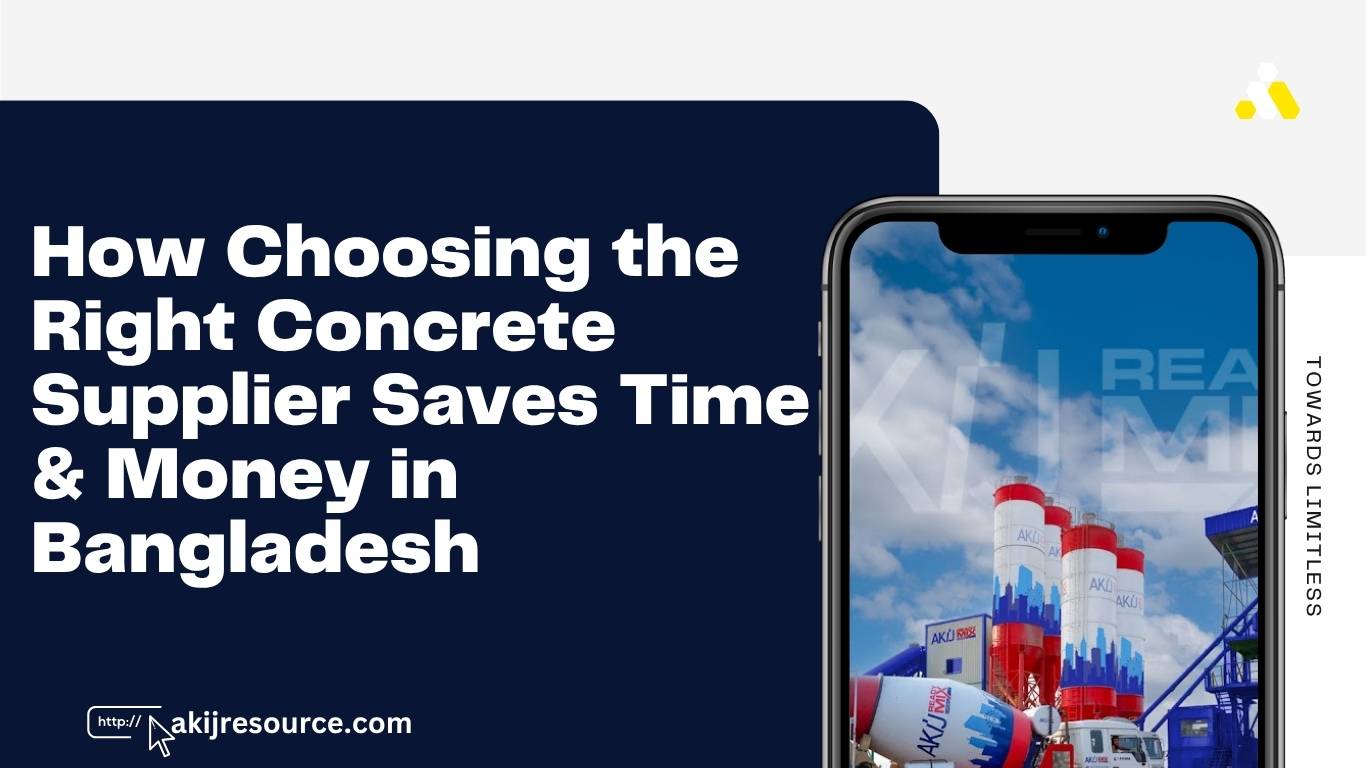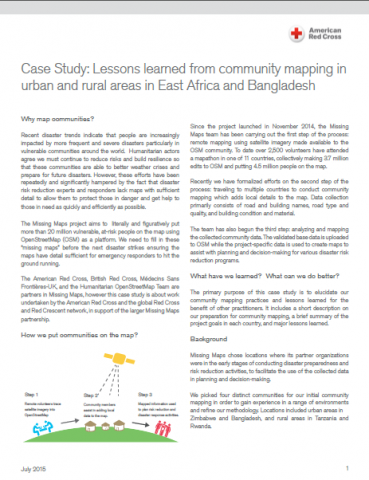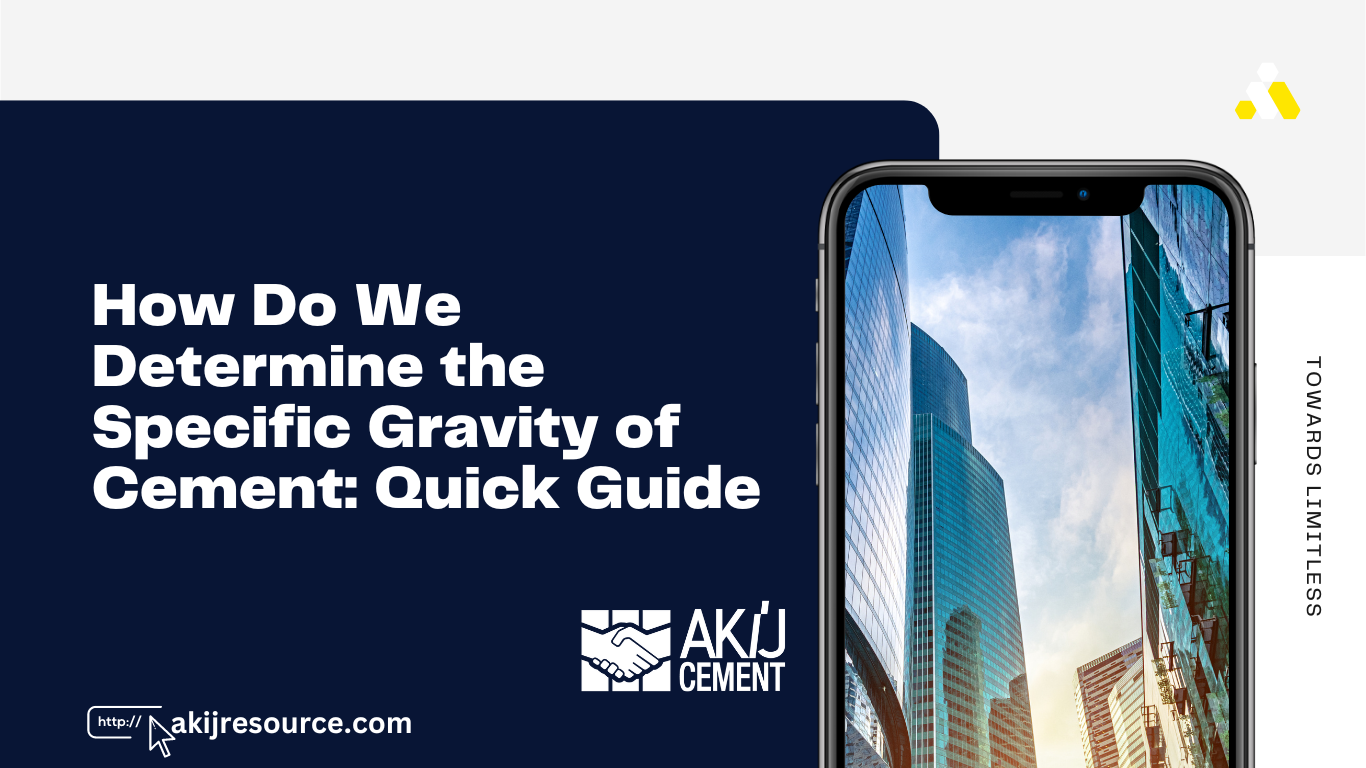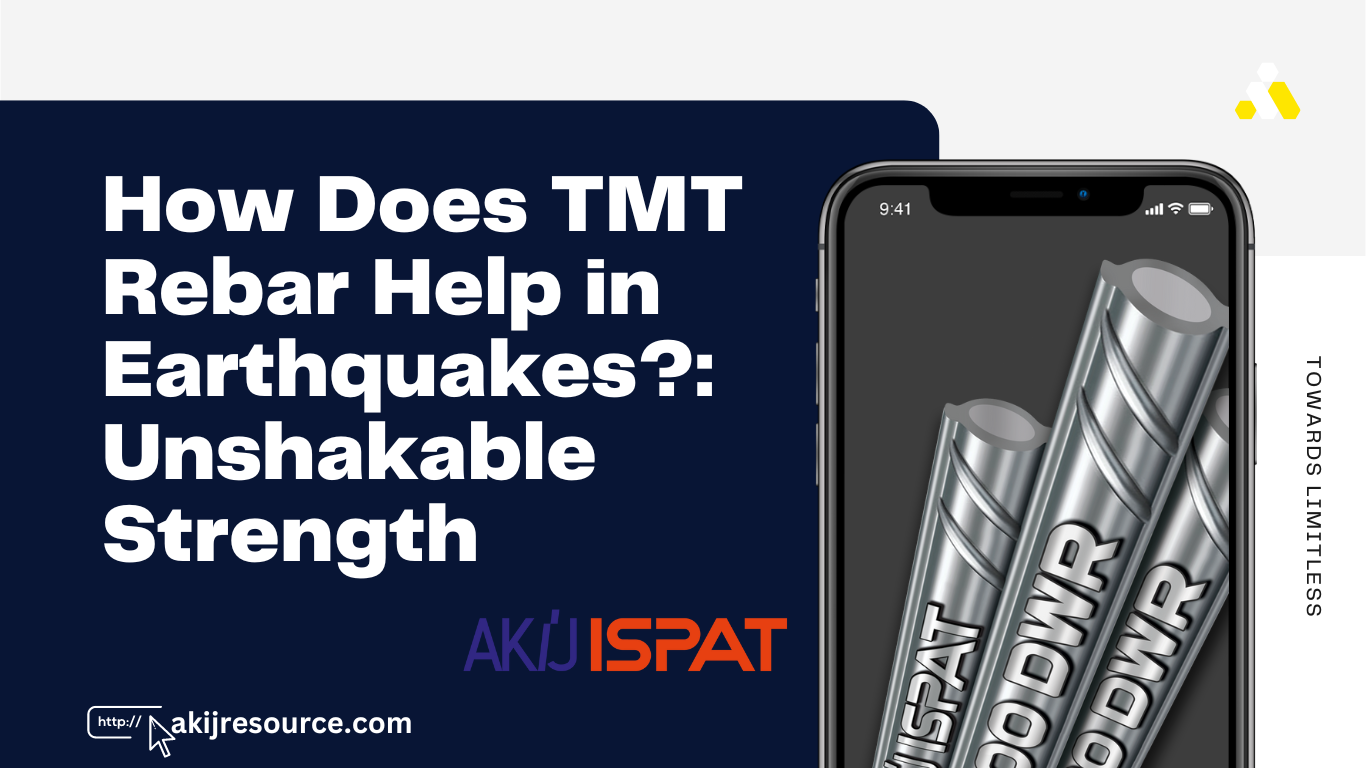Rebars are critical components in reinforced concrete structures, absorbing tensile forces to enhance strength and durability. TMT and HYSD rebars are two prevalent types, each manufactured differently, resulting in unique properties.
TMT rebars are treated with heat and then quickly cooled with water after being rolled hot, which makes the outside hard and keeps the inside flexible. This process enhances tensile strength, flexibility, and corrosion resistance.
HYSD rebars, on the other hand, are made by heating steel rods and then twisting or bending them when they are cold, which boosts their strength but might create leftover stresses that can impact how well they perform over time.
Detailed Comparison of TMT and HYSD Rebars
The following table outlines the key differences between TMT and HYSD rebars, based on technical specifications and practical applications:
| Aspect | TMT Rebars | HYSD Rebars |
|---|---|---|
| Definition | Thermo-Mechanically Treated bars, with a hard outer layer and soft inner core | High Yield Strength Deformed bars, twisted for enhanced strength |
| Manufacturing Process | Hot-rolled steel quenched with water, creating a strong, ductile structure | Heated and cold-twisted, introducing residual stresses |
| Strength | Higher tensile strength (e.g., Fe 500D), ideal for tall buildings and seismic zones | Good tensile strength (e.g., Fe 415), suitable for smaller structures |
| Durability | Superior corrosion resistance, longer lifespan, minimal maintenance | Lower corrosion resistance, may require frequent repairs |
| Cost | Higher initial cost, lower long-term costs due to reduced maintenance and material savings | Lower initial cost, higher long-term costs due to maintenance needs |
| Suitability | Residential, commercial, industrial projects, especially in earthquake-prone or humid areas | Budget-constrained projects, less demanding commercial or industrial structures |
| Environmental Impact | Lower energy use, less pollution, easier to recycle without quality loss | Higher energy consumption, more pollutants, potential strength loss when recycled |
| Flexibility | High flexibility, ideal for complex designs and bending without strength loss | Less flexible, suited for rigid support structures |
| Material Consumption | Reduces steel use by 4-6% compared to HYSD, enhancing cost and sustainability | Higher steel consumption, less material-efficient |
Notes:
- Strength Grades: TMT rebars, such as Fe 500D, offer superior strength and ductility, making them suitable for high-performance structures (Shyam Steel).
- Material Efficiency: Studies indicate TMT rebars reduce steel consumption by 4-6% compared to HYSD, with some sources suggesting up to 8-11% savings in specific cases (ARS Steel, Aone Steel Group).
Advantages and Disadvantages
TMT Rebars
- Advantages:
- Superior Strength and Ductility: Higher tensile strength (e.g., Fe 500D) and flexibility make TMT ideal for structures requiring resistance to seismic activity or dynamic loads (SEL Tiger).
- Enhanced Corrosion Resistance: Controlled chemical composition (lower carbon, sulfur, and phosphorus) ensures better protection against environmental weathering, ideal for coastal or humid regions (ARS Steel).
- Material Efficiency: Reduces steel consumption by 4-6%, lowering costs and environmental impact (ARS Steel).
- Environmental Benefits: Energy-efficient manufacturing (e.g., water quenching) and recyclability without quality loss support sustainable construction (SEL Tiger).
- Versatility: Suitable for diverse projects, including high-rise buildings, bridges, dams, and residential structures, due to high flexibility and durability (Akij Resource).
- Disadvantages:
- Higher Initial Cost: The advanced manufacturing process results in a higher upfront cost, which may challenge budget-constrained projects (Akij Resource).
HYSD Rebars
- Advantages:
- Lower Initial Cost: More affordable upfront, making HYSD attractive for smaller or budget-limited projects (Akij Resource).
- Adequate Strength: Provides good tensile strength (e.g., Fe 415) for less demanding applications, such as certain commercial or industrial structures (ARS Steel).
- Disadvantages:
- Lower Corrosion Resistance: More prone to rust, especially in humid or coastal environments, leading to higher maintenance costs (Tufcon).
- Reduced Flexibility: Less ductile, limiting use in complex designs or structures requiring high flexibility (Akij Resource).
- Higher Environmental Impact: Manufacturing processes (e.g., cold twisting) consume more energy and may produce more pollutants (SEL Tiger).
- Increased Material Use: Requires more steel (4-6% or more) compared to TMT, increasing costs and environmental footprint (ARS Steel).
Practical Applications and Use Cases
The choice between TMT and HYSD rebars depends on project-specific requirements, including structural demands, environmental conditions, and budget constraints.
TMT Rebars
- Recommended for:
- High-Rise Buildings: Superior strength and ductility ensure safety in tall structures (Akij Resource).
- Bridges and Dams: High tensile strength and corrosion resistance make TMT ideal for large-scale infrastructure, especially in seismic or humid areas (SEL Tiger).
- Coastal or Humid Regions: Enhanced corrosion resistance protects against environmental weathering (ARS Steel).
- Earthquake-Prone Areas: High ductility and flexibility provide resilience against seismic activity (Shyam Steel).
- Residential Projects: Fe 500D TMT bars are particularly recommended for their strength and flexibility in building construction (Akij Resource).
- Why Choose TMT? TMT rebars offer unmatched performance in demanding conditions, ensuring long-term structural integrity and reduced maintenance costs.
HYSD Rebars
- Recommended for:
- Budget-Constrained Projects: Lower initial costs make HYSD suitable for smaller commercial or industrial buildings with less demanding specifications (Akij Resource).
- Structures with Rigid Support Needs: Less flexible HYSD bars can provide adequate strength for specific applications, such as certain industrial frameworks (ARS Steel).
- Non-Critical Infrastructure: Suitable for projects not exposed to harsh environmental conditions, where corrosion resistance is less critical (Tufcon).
- Why Choose HYSD? HYSD rebars offer a cost-effective solution for projects where advanced properties are not essential, provided maintenance is planned to mitigate corrosion risks.
Clarification on Large-Scale Infrastructure
Both TMT and HYSD rebars can be used for bridges and dams, but their suitability varies:
- TMT Rebars are preferred for their superior strength, corrosion resistance, and ductility, especially in challenging environments like seismic zones or coastal areas (Akij Resource).
- HYSD Rebars may be considered for cost-sensitive projects where the design allows for their properties, but their lower corrosion resistance requires careful consideration (SEL Tiger).
Cost Considerations and Long-Term Value
While TMT rebars have a higher initial cost, their long-term value is significant:
- Reduced Maintenance: Superior corrosion resistance minimizes repair costs over the structure’s lifespan (Akij Resource).
- Material Savings: TMT rebars reduce steel consumption by 4-6%, lowering material costs and environmental impact (ARS Steel).
- Durability: Longer lifespan ensures better return on investment (SEL Tiger).
HYSD rebars, while cheaper initially, may incur higher costs over time due to maintenance needs, particularly in corrosive environments. This makes TMT rebars more cost-effective for most projects when considering lifecycle costs.
Environmental Impact
Sustainability is a growing concern in construction, and TMT rebars offer clear advantages:
- Energy Efficiency: TMT manufacturing uses less energy, primarily through water quenching, compared to HYSD’s energy-intensive cold twisting (ARS Steel).
- Recyclability: TMT rebars can be recycled without quality loss, supporting circular economy principles (Akij Resource).
- Lower Pollution: TMT production generates fewer pollutants, aligning with eco-friendly construction practices (SEL Tiger).
HYSD rebars, due to their manufacturing process, have a higher environmental footprint, making TMT the preferred choice for sustainability-focused projects.
Visual Data: Strength and Cost Comparison
To aid decision-making, the following charts illustrate key differences between TMT and HYSD rebars:
Chart 1: Tensile Strength Comparison
Note: TMT rebars (e.g., Fe 500D) consistently offer higher tensile strength, making them suitable for high-performance structures (Shyam Steel).
Chart 2: Cost Analysis (Initial vs. Long-Term)
Note: TMT’s higher initial cost is offset by lower maintenance and material savings, while HYSD’s lower upfront cost is offset by higher long-term expenses (Akij Resource).
Recommendations
Based on the evidence, the following recommendations can guide rebar selection:
- Choose TMT Rebars for:
- Projects requiring high strength, durability, and corrosion resistance, such as high-rise buildings, bridges, dams, or structures in seismic or coastal areas.
- TMT’s lower environmental impact and material efficiency make it ideal for sustainability-focused projects.
- TMT offers long-term cost savings by reducing maintenance and material costs.
- Choose HYSD Rebars for:
- Budget-constrained projects where advanced properties are not critical, such as smaller commercial or industrial buildings.
- Structures that are not exposed to harsh environmental conditions undergo planned maintenance to address corrosion risks.
- Consult Experts: For critical projects, consult a structural engineer to assess specific design requirements, environmental conditions, and budget constraints (Akij Resource).
- Consider Fe 500D TMT: According to Akij Resource, Fe 500D TMT bars offer the best balance of strength and flexibility for residential and high-performance projects.
Conclusion
TMT rebars generally outperform HYSD rebars in strength, durability, corrosion resistance, and environmental impact, making them the preferred choice for most construction projects. Their ability to reduce steel consumption and maintenance costs further enhances their value. However, HYSD rebars remain a viable option for budget-constrained projects with less demanding requirements, provided maintenance is planned. By carefully evaluating project needs, environmental conditions, and long-term costs, stakeholders can select the most appropriate rebar type to ensure structural integrity and cost-effectiveness.



